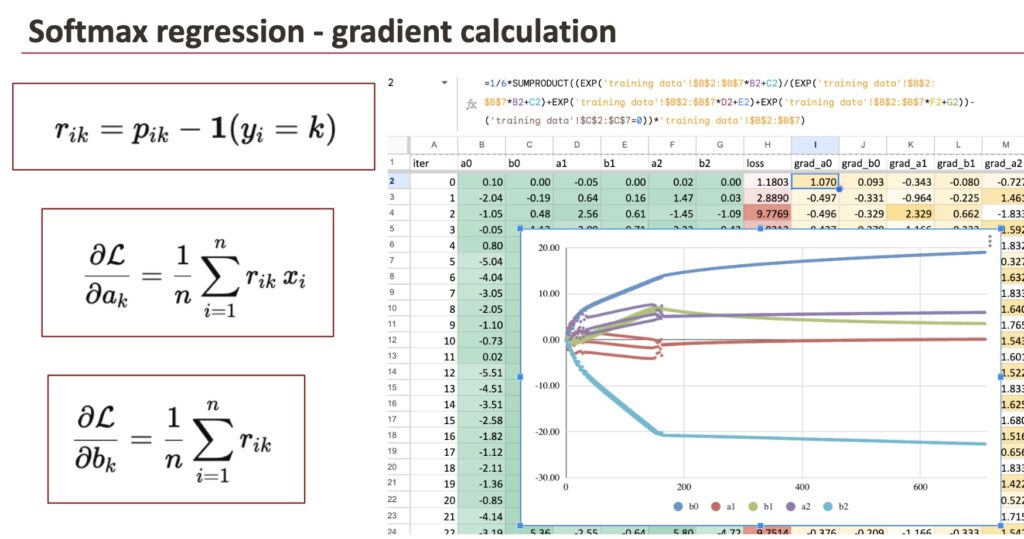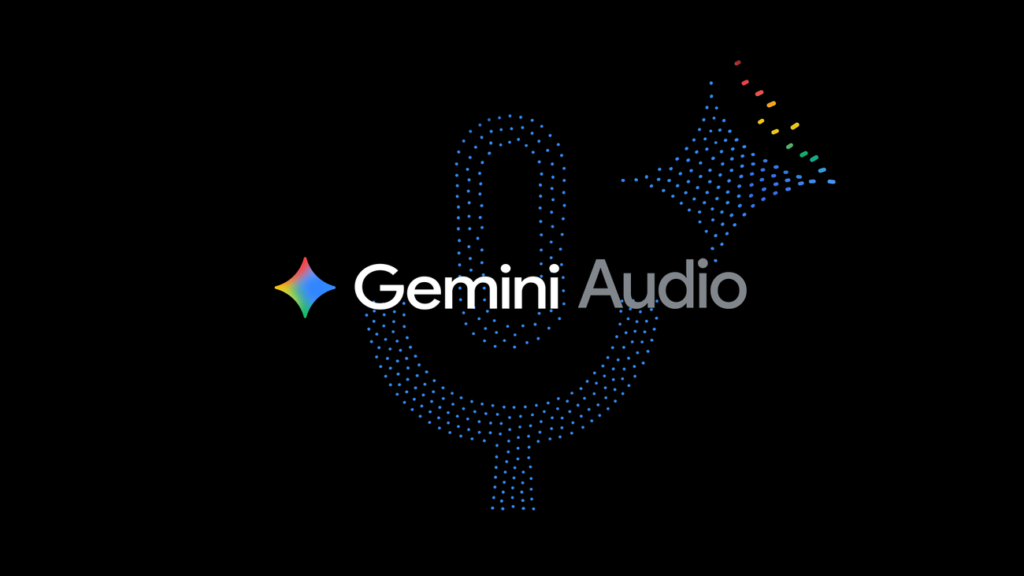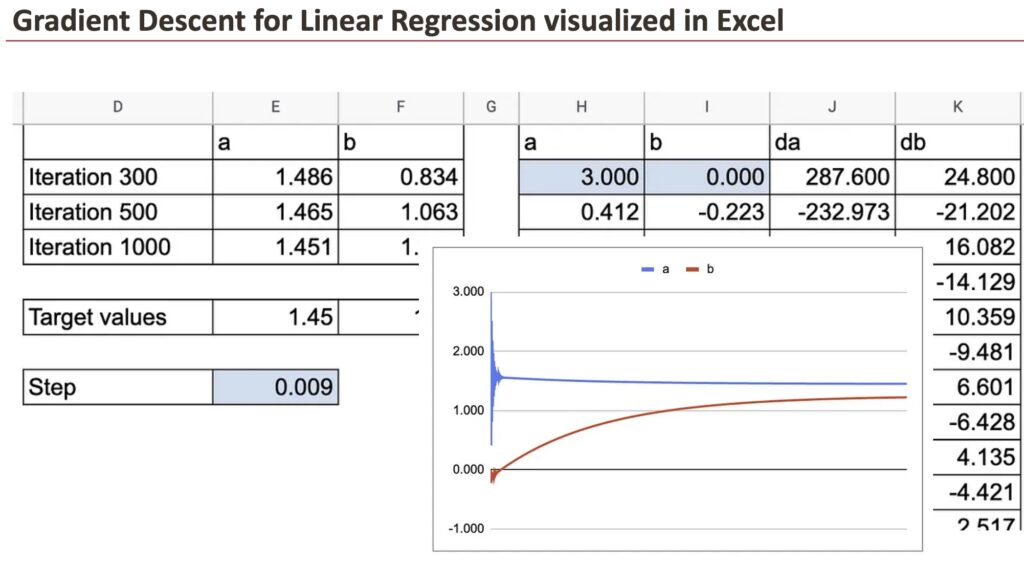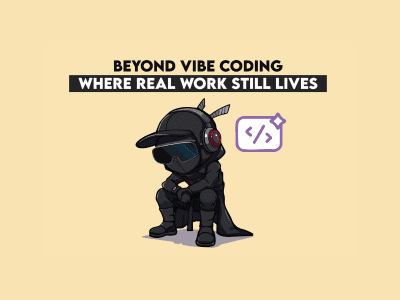A Practical Toolkit for Time Series Anomaly Detection, Using Python
fascinating aspects of time series is the intrinsic complexity of such an apparently simple kind of data. At the end of the day, in time series, you have an x axis that usually represents time (t), and a y axis that represents the quantity of interest (stock price, temperature, traffic, clicks, etc…). This is significantly …
A Practical Toolkit for Time Series Anomaly Detection, Using Python Read More »










